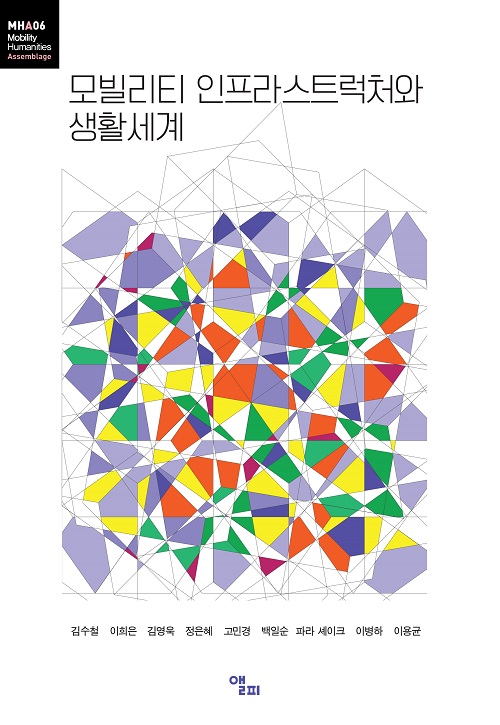New Conceptualization of Infrastructure
Infrastructure is usually defined as “such systems or services needed for the operation of a country or enterprise as buildings, transportations, water, and energy supplies” (according to the Oxford Dictionary). In a broader sense, infrastructure denotes the means to further strengthen the mobility of people, objects, and knowledge (information). However, with recent enhanced interest in infrastructure, related studies have reconceptualized infrastructure beyond material systems or structures. For example, American cultural critic Lauren Berlant defines infrastructure as the “movement and patterns of social forms.” Infrastructure involves a mediating process of organizing our lives, and it refers to “all systems that closely connect the relationships that help make a world sustainable”
Why Infrastructure?
Today’s infrastructure is not only deeply embedded in our daily lives and work but also highly accessible; it becomes so essential to our lives that we are even unaware that it exists and is working. By considering the ramifications of the infrastructure, we will better understand why people accept distorted social relations resulting for various forms of injustice without question. The injustice of the systems affecting our lives become gradually more severe; however, such injustice is often considered as functional and technical issues rather than political ones. For example, today’s transportation problems cannot be reduced to the question of whether to introduce new solutions, services and platforms. It is important to bear in mind that, in today’s deregulated and privatized environment, infrastructure such as transportation systems can create and deepen new forms of inequality. Furthermore, since today’s politics involves the matter of the redistribution of insecurity, research and interest in infrastructure can draw attention to political conflicts that seem heterogeneous.
Mobility Infrastructure and Life World
By presenting the critical research achievements and the insights of Infrastructure Studies, this edited volume introduces the concept of Mobility Infrastructure. It reveals the multi-layered, material, and relational aspects of mobility through infrastructure. Mobility Infrastructure not only denotes the hardware related to mobility, but also encompasses social technology systems including mobility-related organizations, institutions, discourse and knowledge systems, and media communication environments.
This book captures the characteristics of various political, economic, and socio-cultural phenomena in today’s world of life accurately and richly, and attempts to critically view the mobility phenomena that appear in our multi-layered modern societies. We examine the material relationships of mobility phenomena in the fields of urban space, communication and migration through the concepts of media infrastructure, urban infrastructure, and migration infrastructure, and survey and elaborate on material changes related to mobility in the realm of everyday life.
Organization of This Book
The book is largely divided into two parts.


